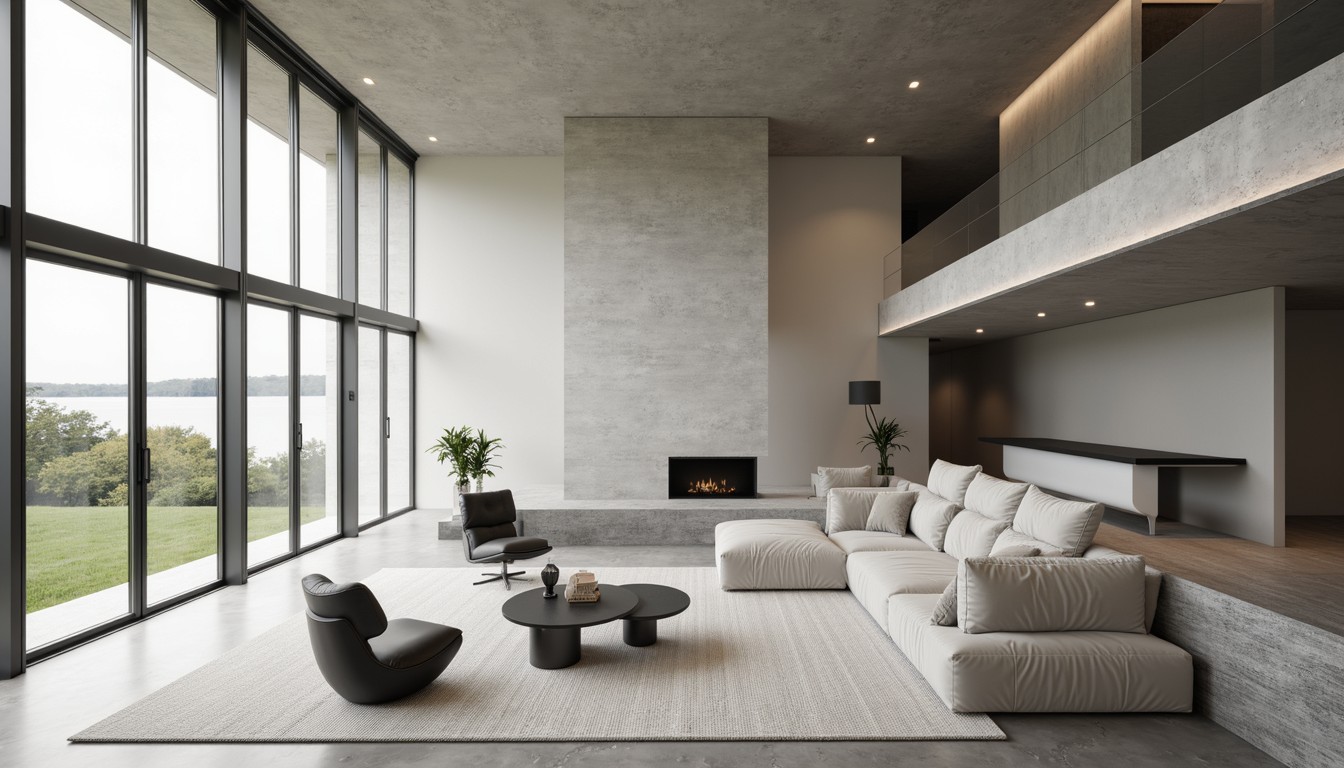Sustainable Architecture: Exploring Green Building Technologies
The built environment significantly impacts our planet's health. As architects and designers, we have a responsibility to embrace sustainable practices. This means moving beyond aesthetically pleasing designs to create structures that minimize environmental impact throughout their lifecycle. ArchNav is at the forefront of this movement, utilizing cutting-edge visualization techniques to showcase the potential of sustainable architecture and green building technologies.
Understanding Green Building Principles

Green building, or sustainable architecture, encompasses a holistic approach to design and construction. It prioritizes energy efficiency, resource conservation, and the health and well-being of occupants. Key principles include:
- Reduced Energy Consumption: Minimizing energy use through passive design strategies and renewable energy sources.
- Water Conservation: Implementing water-efficient fixtures and rainwater harvesting systems.
- Material Selection: Utilizing sustainable and recycled materials with low embodied carbon.
- Waste Reduction: Minimizing construction waste and promoting recycling.
- Indoor Environmental Quality: Creating healthy indoor environments with good air quality and natural light.
- Site Selection and Planning: Choosing appropriate sites and minimizing land disturbance.
Green Building Technologies: A Deep Dive

Numerous innovative technologies are driving the sustainable architecture revolution. Let's explore some key examples:
1. Passive Design Strategies
Passive design focuses on harnessing natural resources to minimize the need for mechanical systems. This includes:
- Natural Ventilation: Utilizing strategically placed windows and vents for natural airflow.
- Solar Orientation: Optimizing building orientation to maximize solar gain in winter and minimize it in summer.
- Shading Devices: Employing overhangs, awnings, and vegetation to reduce solar heat gain.
- Thermal Mass: Using materials with high thermal mass to store and release heat, moderating indoor temperatures.
2. Renewable Energy Systems
Integrating renewable energy sources like solar, wind, and geothermal power significantly reduces reliance on fossil fuels. Photovoltaic (PV) panels are a common choice for generating solar electricity, while wind turbines can be effective in suitable locations. Geothermal systems utilize the Earth's stable temperature for heating and cooling.
3. Sustainable Materials
The embodied carbon in building materials significantly impacts a structure's environmental footprint. Sustainable alternatives include:
- Recycled Materials: Utilizing recycled steel, concrete, and wood reduces the demand for virgin resources.
- Bio-based Materials: Employing materials like bamboo, hempcrete, and mycelium reduces reliance on energy-intensive materials.
- Locally Sourced Materials: Reducing transportation costs and emissions by using locally sourced materials.
4. Smart Building Technologies
Smart building technologies optimize energy use and enhance occupant comfort. Building Management Systems (BMS) monitor and control various building functions, including lighting, heating, ventilation, and air conditioning (HVAC), optimizing energy efficiency based on real-time data. Smart sensors can detect occupancy and adjust lighting and climate control accordingly.
5. Green Roofs and Walls
Green roofs and walls provide numerous environmental benefits, including improved insulation, reduced stormwater runoff, and enhanced biodiversity. They also improve air quality and reduce the urban heat island effect.
6. Water Management Systems
Efficient water management is crucial for sustainable buildings. This includes using low-flow fixtures, rainwater harvesting systems for irrigation and toilet flushing, and greywater recycling for non-potable uses.
Real-World Applications and Case Studies
Numerous buildings around the world showcase the successful implementation of green building technologies. The Bullitt Center in Seattle, a net-positive energy building, demonstrates the potential of passive design and renewable energy. The Edge in Amsterdam showcases the power of smart building technologies in optimizing energy consumption and occupant comfort. These examples highlight the feasibility and benefits of sustainable architecture.
ArchNav's Role in Sustainable Architecture

ArchNav plays a vital role in promoting sustainable architecture by providing high-quality architectural visualizations that effectively communicate the design and benefits of green building technologies. Our advanced rendering capabilities allow architects and developers to showcase the aesthetic appeal and environmental performance of sustainable designs, facilitating informed decision-making and attracting investors committed to a greener future.
Conclusion
Sustainable architecture is no longer a niche concept; it's a necessity. By embracing green building technologies and prioritizing environmental responsibility, we can create buildings that are both beautiful and sustainable. ArchNav is committed to supporting this transition, utilizing our expertise in architectural visualization to showcase the potential of a greener built environment. Contact us today to learn how we can help you visualize your sustainable design vision.
